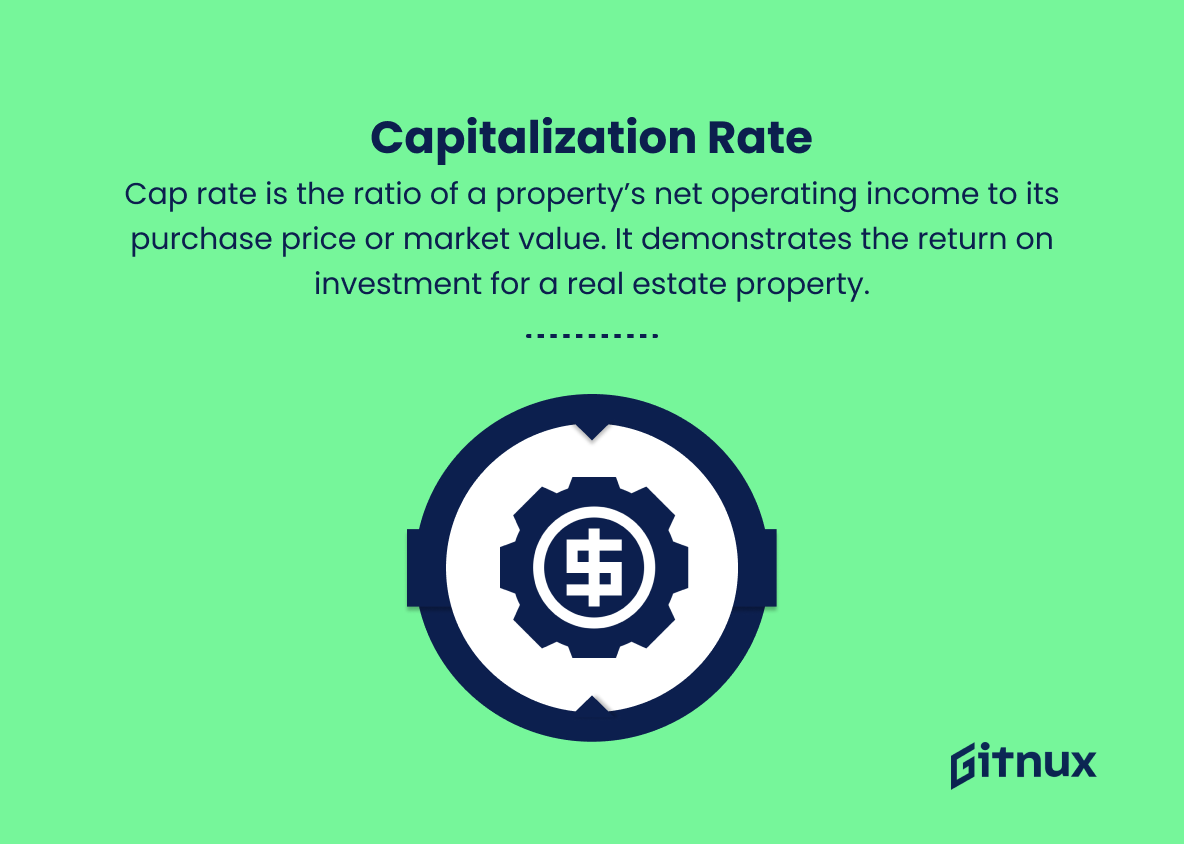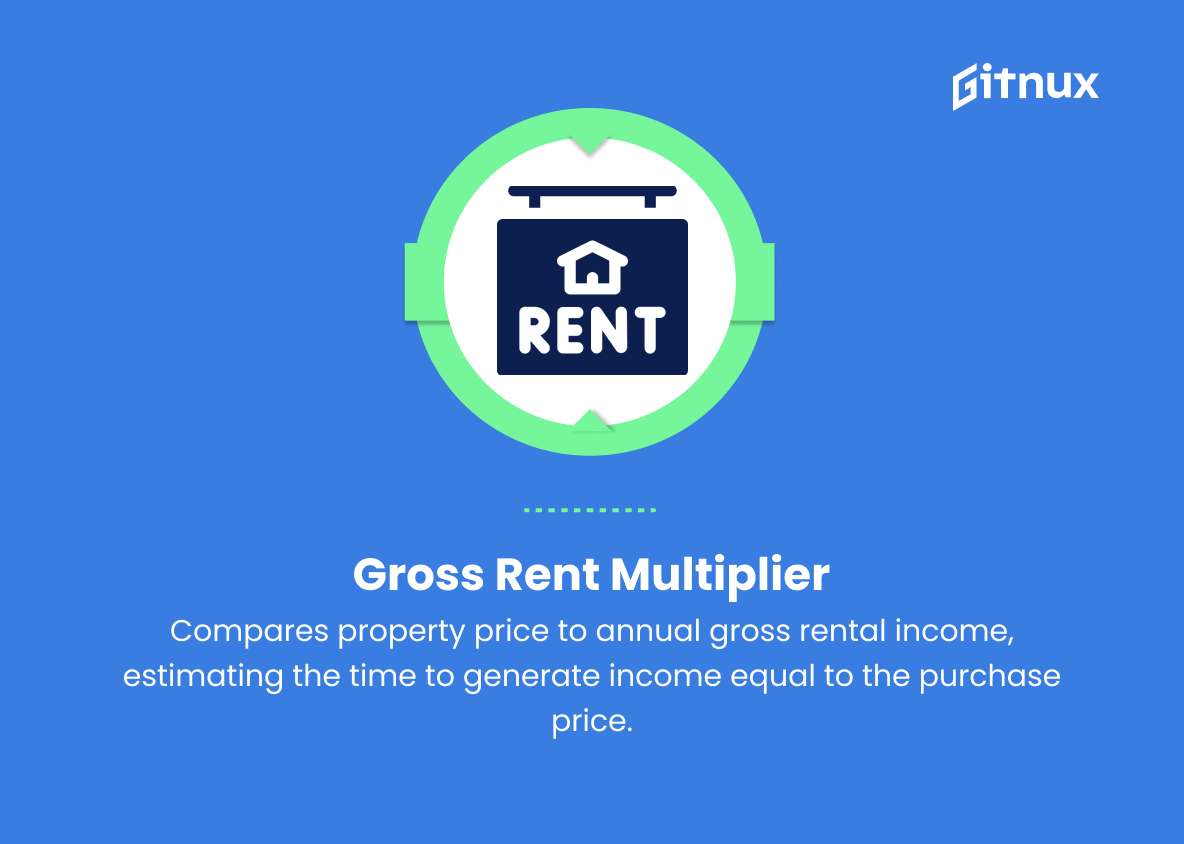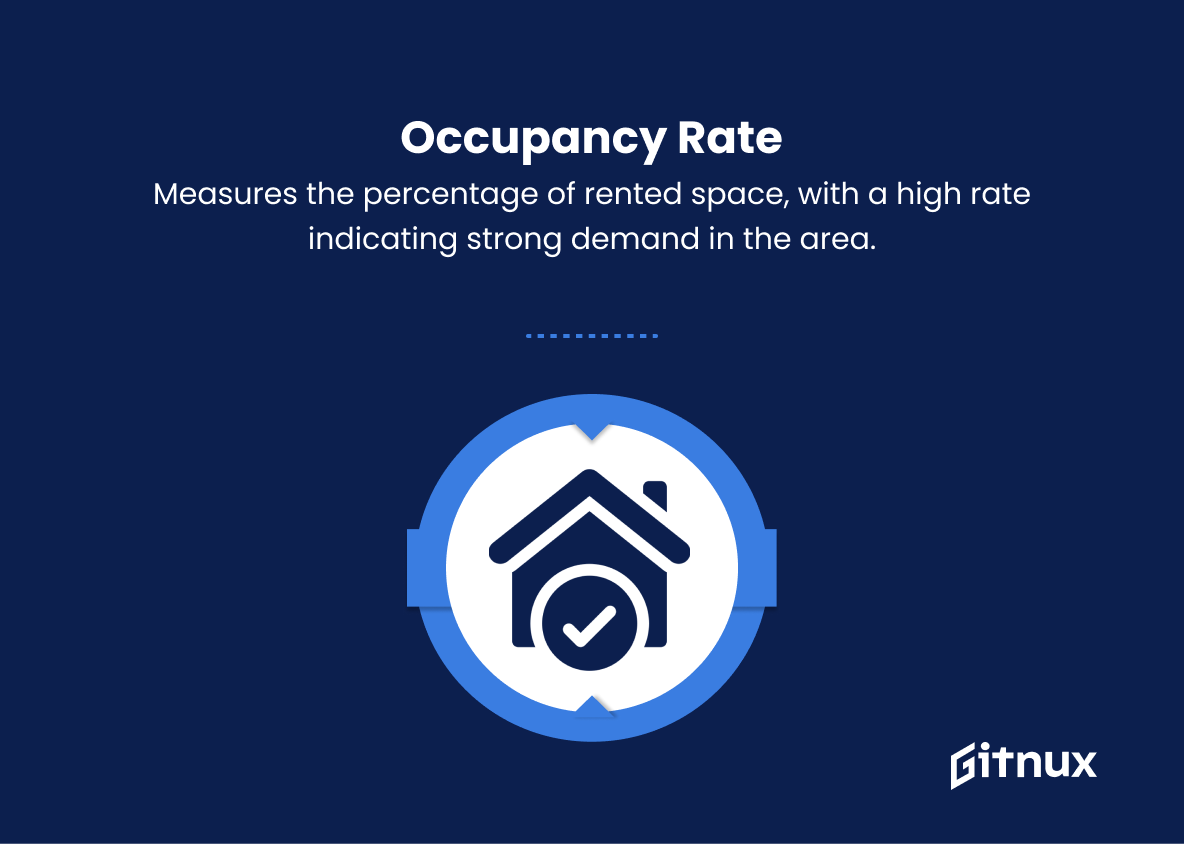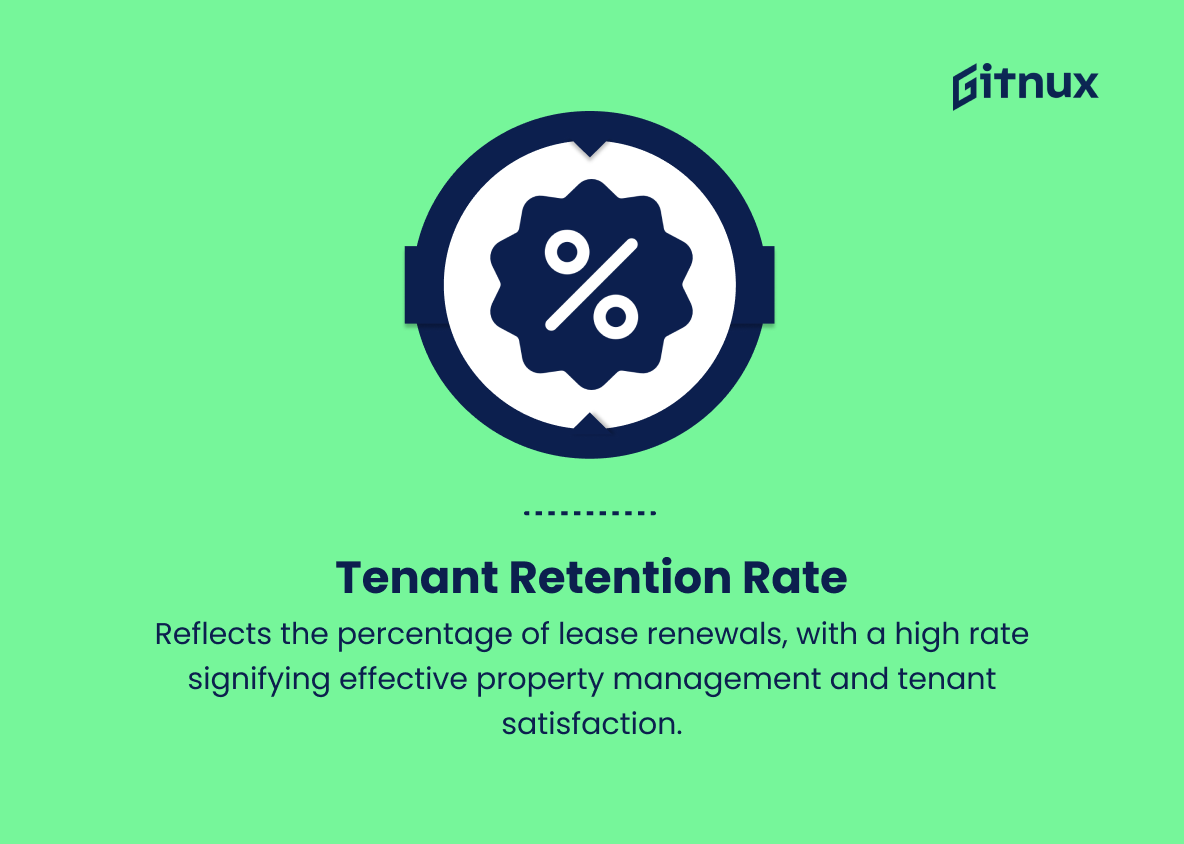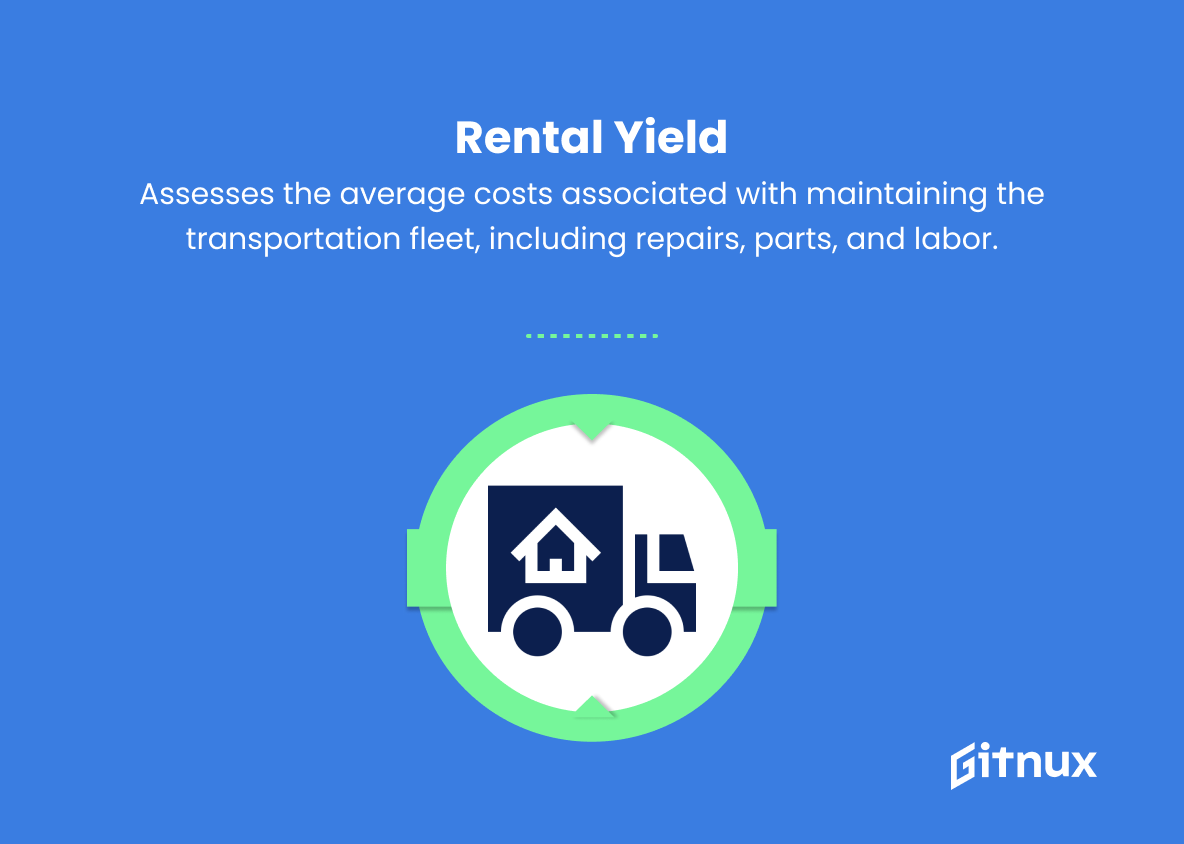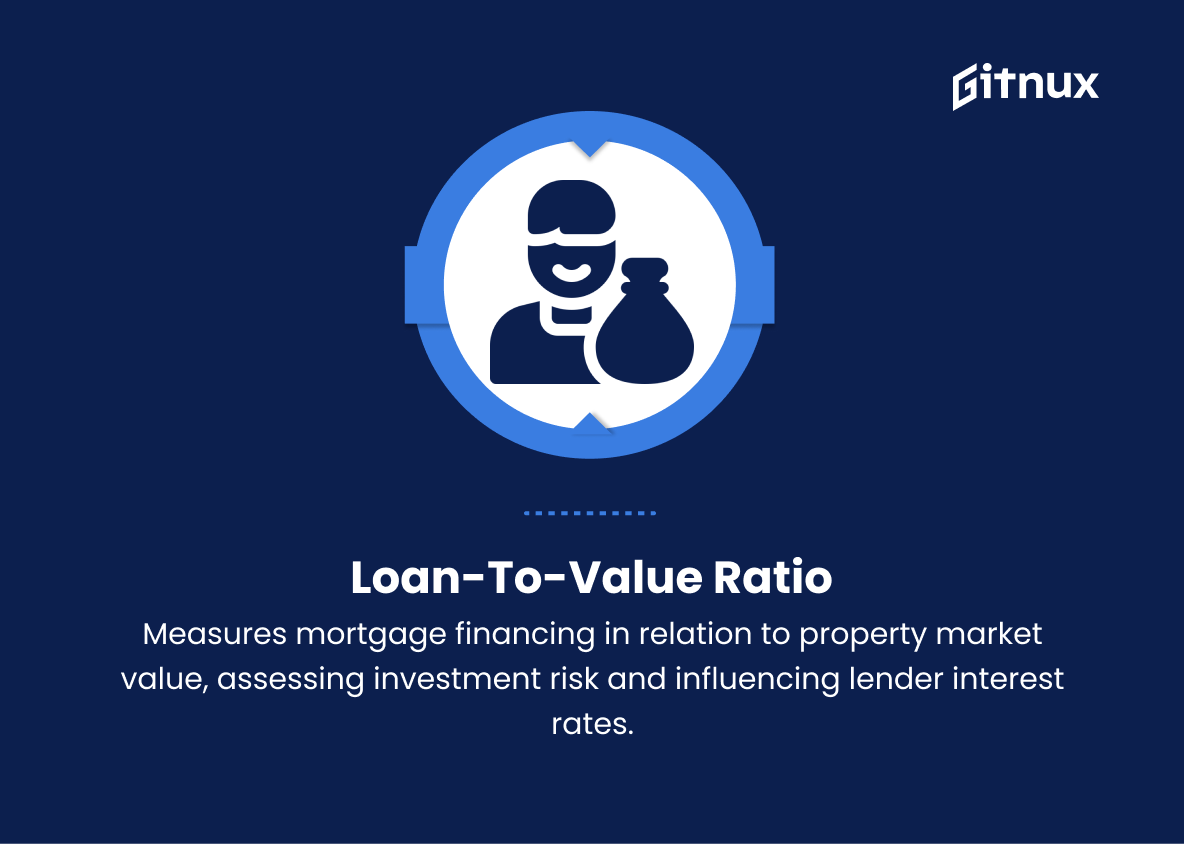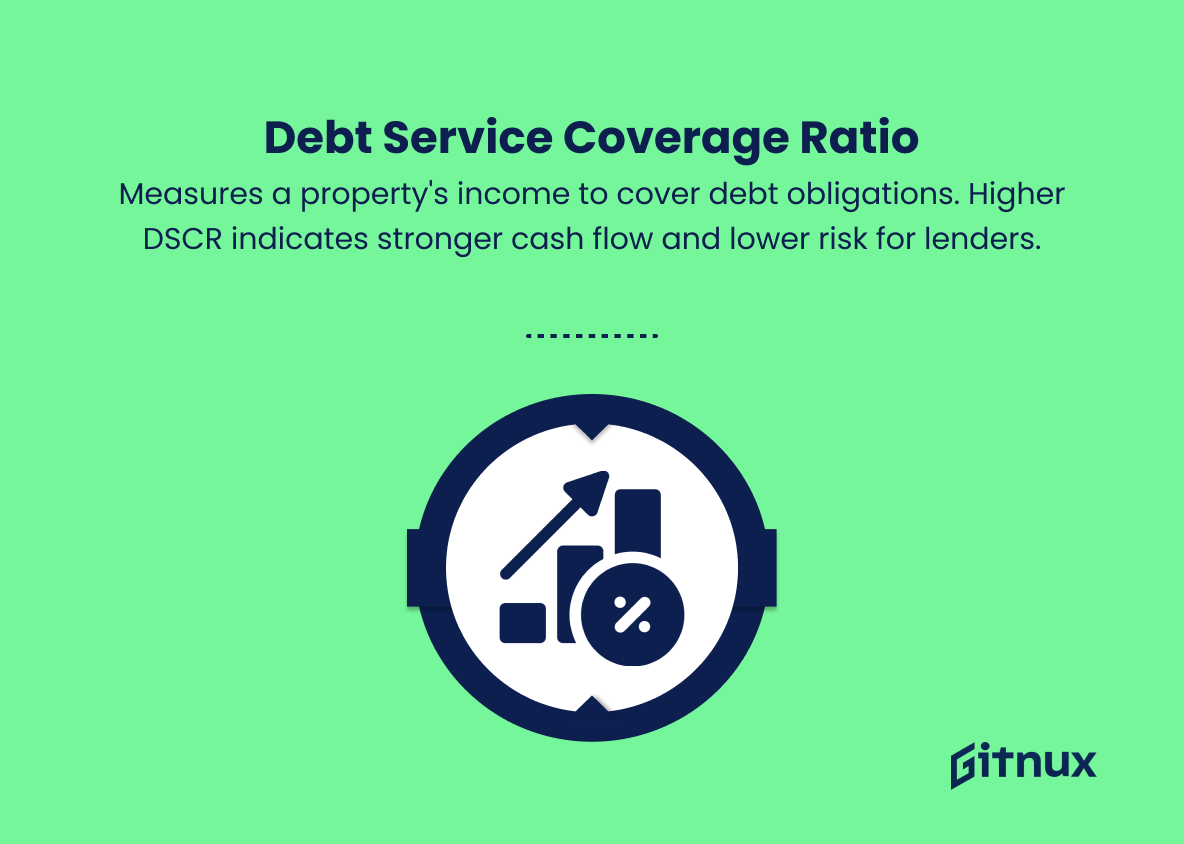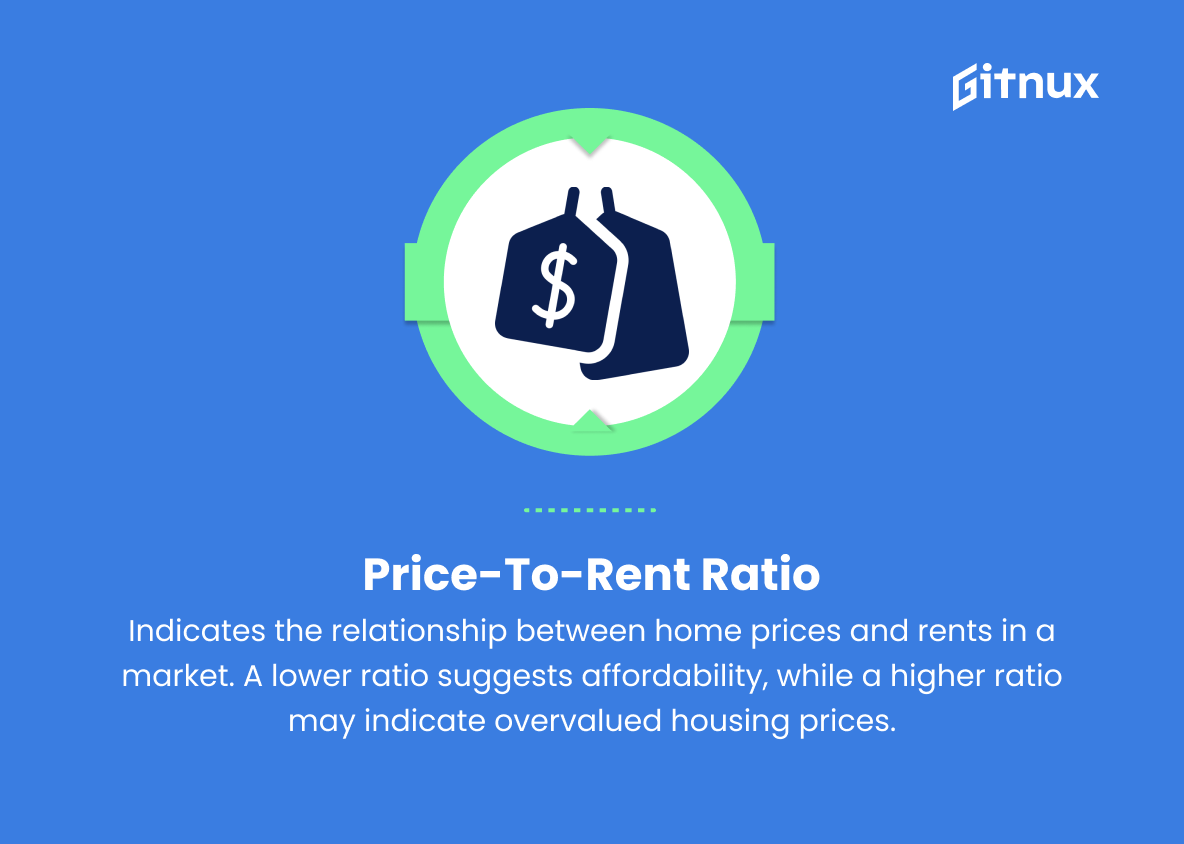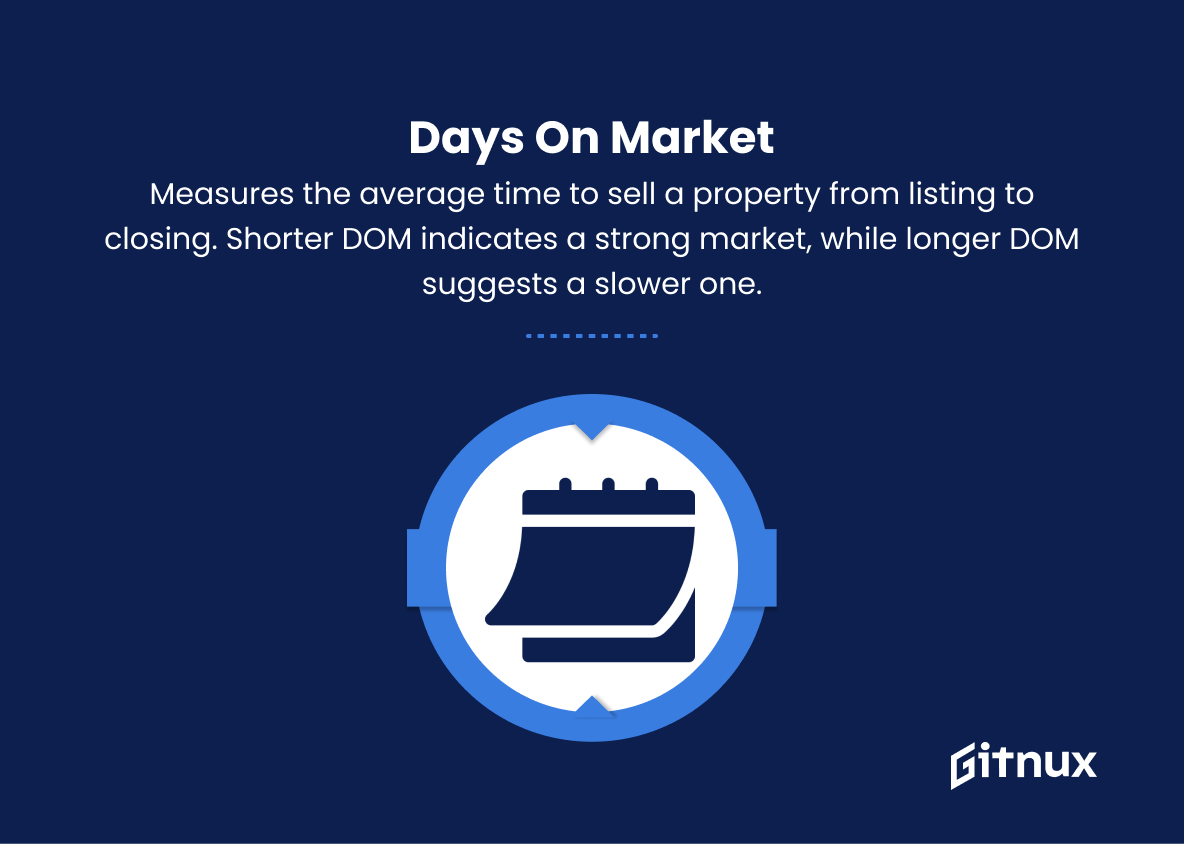In the fast-paced and competitive world of real estate, success is often measured by one’s ability to stay ahead of market trends, maximize profits, and deliver value to clients. But how can real estate professionals effectively monitor their progress and ensure that they’re on the right track? This is where Key Performance Indicators (KPIs) come into play. KPIs are essential metrics that enable real estate agents, brokers, and property managers to evaluate their performance and make informed decisions to achieve their business goals.
In this comprehensive blog post, we will delve into the most critical real estate KPIs, discuss their significance in shaping business strategies, and offer actionable insights to help you stay at the forefront of this ever-evolving industry. So, buckle up and get ready to optimize your business for continued growth and success.
Real Estate KPIs You Should Know
1. Net Operating Income (NOI)
This KPI measures the operational efficiency of the property by comparing its income against its operating expenses.
2. Capitalization Rate (Cap Rate)
Cap rate is the ratio of a property’s net operating income to its purchase price or market value. It demonstrates the return on investment for a real estate property.
3. Gross Rent Multiplier (GRM)
GRM is a ratio that compares the price or value of a property to its annual gross rental income. It’s used to estimate the time it would take for the property to generate income equal to its purchase price.
KPIs are essential metrics that enable real estate agents, brokers, and property managers to evaluate their performance and make informed decisions to achieve their business goals.4. Occupancy Rate
This KPI measures the percentage of available units or space that’s rented out at a specific point in time. A high occupancy rate generally indicates strong demand for properties in that area.
5. Tenant Retention Rate
This KPI shows the percentage of tenants who renew their lease agreements. A high tenant retention rate indicates good property management and tenant satisfaction.
6. Rental Yield
Rental yield is a percentage that compares the rental income of a property to its purchase price or market value. It’s an indicator of the potential return on investment a property can generate through rent collection.
In the fast-paced and competitive world of real estate, success is often measured by one’s ability to stay ahead of market trends, maximize profits, and deliver value to clients.7. Loan-to-Value Ratio (LTV)
LTV measures the amount of mortgage financing in relation to the market value of a property. It’s used to assess the risk level of a real estate investment and influence the interest rate charged by lenders.
8. Debt Service Coverage Ratio (DSCR)
DSCR is a measure of a property’s ability to generate enough income to cover its debt obligations. A higher DSCR signifies a stronger cash flow and lower risk for lenders.
9. Price-to-Rent Ratio
This KPI shows the relationship between home prices and rents in a given market. A lower ratio indicates a more affordable rental market, while a higher ratio might suggest that housing prices are overvalued.
10. Days on Market (DOM)
DOM measures the average time it takes to sell a property, from the initial listing to the closing date. A shorter DOM indicates a strong housing market, while a longer DOM points to a slower market.
11. Average Sale Price
This KPI tracks the average selling price of properties sold in a specific area or market over time. It’s used to analyze market trends and determine the overall health of the real estate sector.
12. Return on Investment (ROI)
ROI measures the profitability of a real estate investment, comparing the income generated (rent or capital appreciation) to the costs necessary to acquire and maintain the property.
Real Estate KPIs Explained
Key Performance Indicators (KPIs) in real estate play a crucial role in evaluating the performance, profitability, and efficiency of property investments. KPIs such as Net Operating Income (NOI), Capitalization Rate, Gross Rent Multiplier (GRM), Occupancy Rate, Tenant Retention Rate, Rental Yield, Loan-to-Value Ratio (LTV), Debt Service Coverage Ratio (DSCR), Price-to-Rent Ratio, Days on Market (DOM), Average Sale Price, and Return on Investment (ROI) provide valuable insights into the operational efficiency, potential return, tenant satisfaction, risk assessment, and overall market trends of a real estate investment.
These KPIs allow investors, property managers, and real estate professionals to make informed decisions in buying, selling, or managing properties, as well as to understand the overall health and competition of the real estate market. Ultimately, KPIs are essential tools that enable stakeholders to optimize the performance and return on their real estate investments.
Conclusion
In conclusion, understanding and tracking real estate KPIs is a crucial component of success in the highly competitive real estate industry. By carefully selecting and monitoring the most relevant KPIs for your business, you can optimize your operations, maximize your financial performance, and successfully adapt to the ever-changing market conditions.
By applying data-driven strategies and continuously analyzing your progress, you will be better positioned to make informed decisions and achieve long-term growth in the real estate market. Stay ahead of the competition by implementing a well-rounded KPI management system that aligns with your organization’s objectives and take your business to new heights of success.

